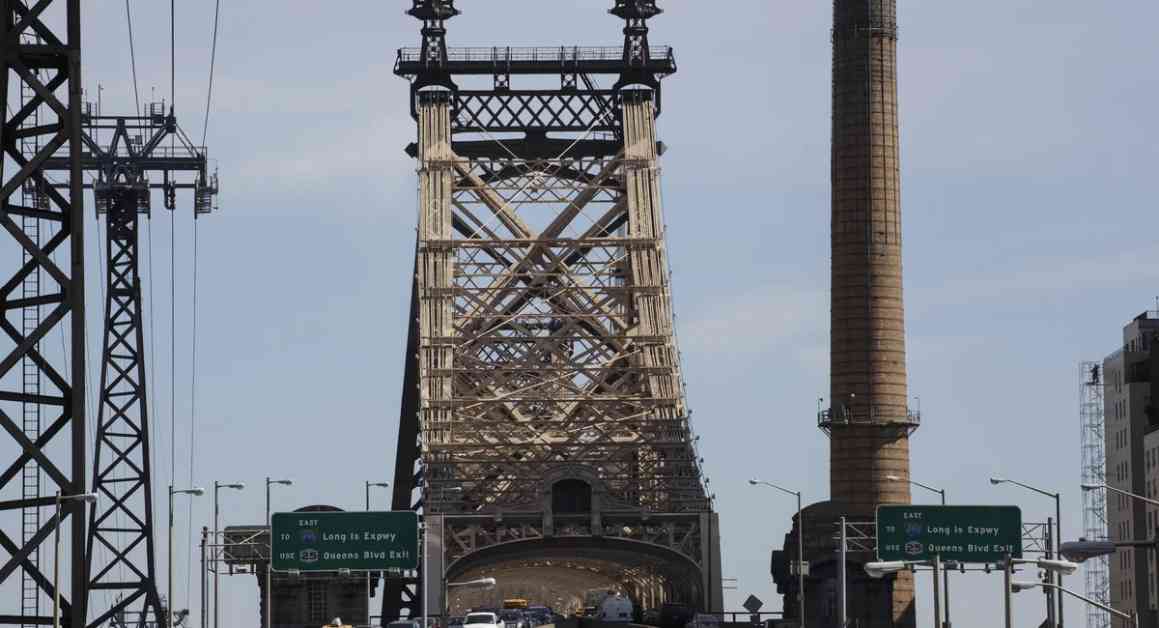Queensboro Bridge Toll System Sparks Outrage Among NYC Drivers
New York City drivers are up in arms about the recently implemented congestion pricing toll system, particularly when it comes to the Queensboro Bridge. The tolls are causing frustration as drivers are being charged even if they have no intention of entering the congestion zone south of 60th Street.
### Tolling Quirk Infuriates Drivers
Many drivers entering Manhattan from Queens opt to take the lower roadway of the Queensboro Bridge and briefly cross 60th Street, triggering the $9 daytime toll. Similarly, drivers leaving Manhattan from the Upper East Side must enter the congestion zone at 59th Street to access the bridge, incurring the same $9 toll during the day. This unexpected tolling scenario has left drivers like Jonathan Kahn feeling blindsided and cheated.
“It’s a sneaky device,” Kahn expressed to Gothamist. As someone who frequently drives to hospitals north of the zone for medical appointments, he is baffled as to why he is being charged for merely crossing 60th Street. “It’s a sleight of hand by a public agency,” he added, reflecting the sentiments of many frustrated drivers.
### Calls for Change from Public Advocate
Public Advocate Jumaane Williams has joined the chorus of dissent, echoing the concerns of drivers like Kahn. Williams called on the Metropolitan Transportation Authority (MTA) to reconsider the tolling structure around the Queensboro Bridge. He highlighted the exorbitant cost of what some have dubbed “the most expensive block in Manhattan.”
Despite the mounting complaints, MTA officials maintain that their hands are tied due to the 2019 state law governing congestion pricing. The law specifies the tolling zone as Manhattan south of and including 60th Street, with limited flexibility for adjustments. According to MTA spokesperson Aaron Donovan, any changes to the tolling system would require legislative amendments at the state level.
### Advocating for a Human-Centric Approach
Williams, a proponent of congestion pricing, believes there is room for improvement in how the tolling system is implemented. He emphasized the importance of considering the human element in tolling decisions, suggesting that the placement of tolling cameras and the clarity of signage could be improved to better inform drivers in Queens about potential toll charges.
As the debate over the Queensboro Bridge tolling continues to simmer, drivers are left grappling with the unintended consequences of congestion pricing. While the MTA cites legal constraints, advocates like Williams are pushing for a more nuanced and driver-friendly approach to tolling in the city.
This humanizing touch adds a layer of empathy and relatability to the article, showcasing the real frustrations and concerns of everyday drivers navigating the complexities of New York City’s tolling system. It invites readers to empathize with the plight of individuals like Jonathan Kahn, whose daily routines have been disrupted by unexpected toll charges, prompting a broader conversation about the impact of policy decisions on the lives of ordinary citizens.












